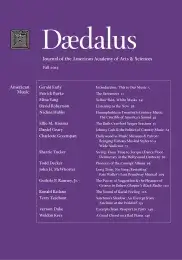Satchmo’s Shadow: An Excerpt from “Satchmo at the Waldorf”
Author’s Note: Writing the biography of a performing artist is like standing in the wings to watch a play. You see what the public sees, only from a different perspective. Pops: A Life of Louis Armstrong, my 2009 biography of the greatest jazz musician of the twentieth century, is about the much-loved genius-entertainer who made millions of people feel warm inside–but it’s also about the private Armstrong, who swore like a trooper and knew how to hold a grudge. The fact that Satchmo (as he liked to call himself ) had two sides to his personality doesn’t mean that the public man was somehow less “real” than the private one. Like all geniuses, Armstrong was complicated, and that complexity was part of what made his music so beautiful and profound.
Biography is about telling, theater about showing. Having written a book that told the story of Armstrong’s life, it occurred to me that it might be a worthwhile challenge to try to show an audience what he was like offstage. This was the seed from which Satchmo at the Waldorf grew. What turned it into a full-fledged play was the idea of having the same actor double as Armstrong and Joe Glaser, Armstrong’s mob-connected white manager. (At a later stage in the writing of Satchmo at the Waldorf, I decided to have the actor play a third “character,” Miles Davis, who appears in two short scenes.) You can’t have a play without conflict, and the trick to making a one-man play dramatic is finding a way to make that conflict palpable, even visible. When I wrote Glaser into Satchmo at the Waldorf, it was as . . .
